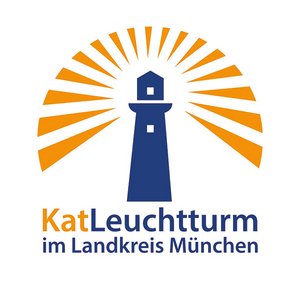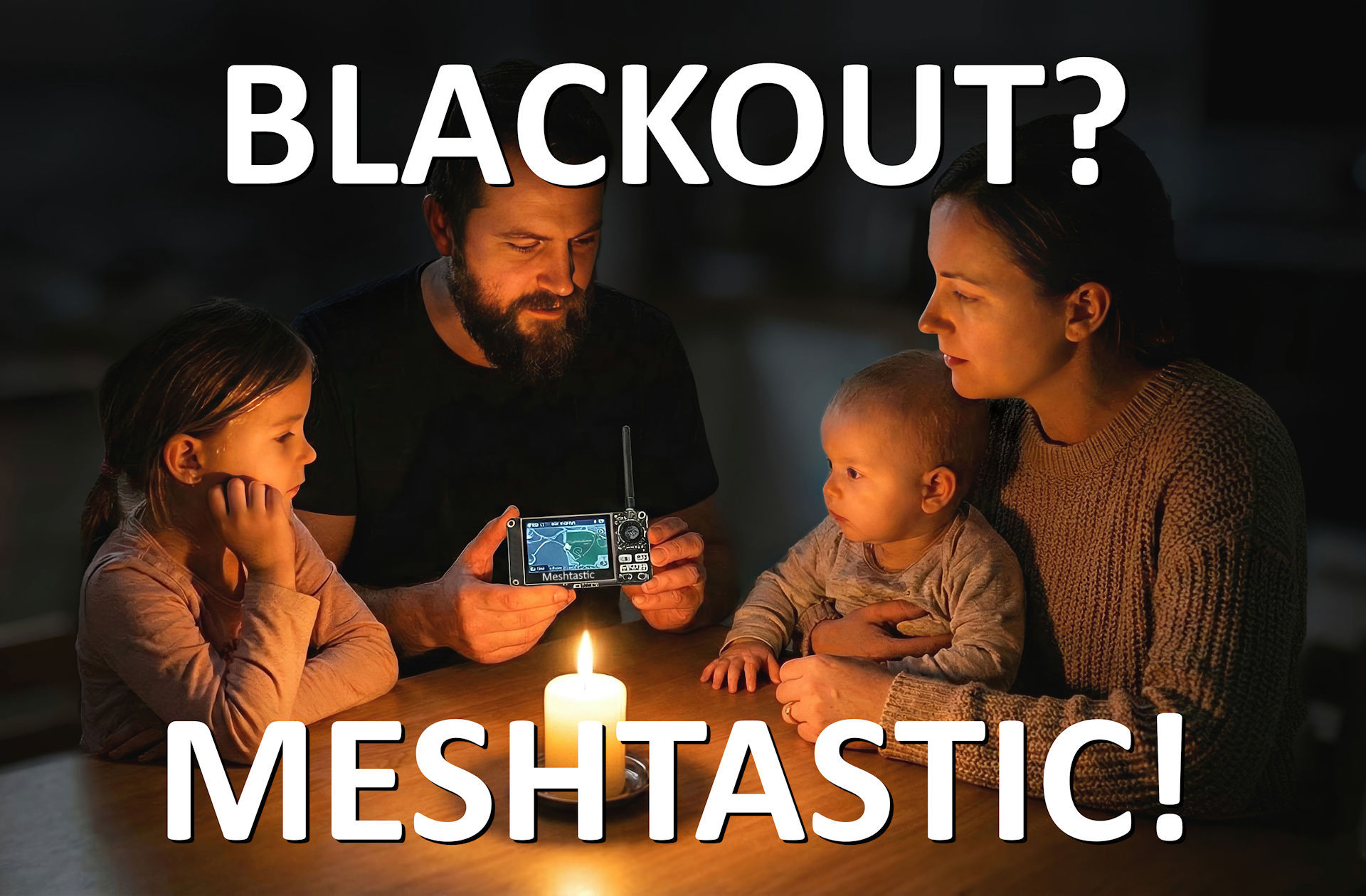
How long will phone calls, SMS text messages, and the internet work on a smartphone during a power outage or blackout?
To understand this better, let’s look at the large-scale power outage that occurred on April 28, 2025, in Spain and Portugal. According to a report by the GSM Association, a global industry association of GSM mobile operators founded in 1987, the following happened:
- The blackout began at 12:33 p.m.
- Within 30 minutes of the power outage beginning (i.e., around 1:00 p.m.), the proportion of mobile phone users who had no service at all (no calls, no text messages, no internet) rose significantly, especially in areas with weak or short-lived emergency power supplies (e.g., small cells, rural areas).
- After about two hours, the proportion of affected users at the most severely affected network operators was already around 12%.
- The complete “collapse” of many mobile phone stations, meaning that users across the board were no longer able to make calls, typically occurred after 8 to 10 hours, once even larger base stations with longer-lasting emergency power batteries or generator reserves had lost their power supply.
Conclusion: Within the first 30 minutes, many people experienced restrictions when making phone calls, sending text messages, and using the internet, and after several hours, there were major outages in many regions.
According to ENTSO-E (European Network of Transmission System Operators), the large-scale blackout on April 28, 2025, on the Iberian Peninsula—i.e., in Spain, Portugal, and parts of southern France—was the result of a series of technical and systemic errors in the power grid infrastructure.
In the event of civil defense damage, the availability of mobile networks would probably be significantly lower than in the case of the “self-inflicted” blackout in Spain. In addition, the dangers of hybrid warfare, such as hacking and sabotage, should also be pointed out here.
What is a disaster management lighthouse in Germany?
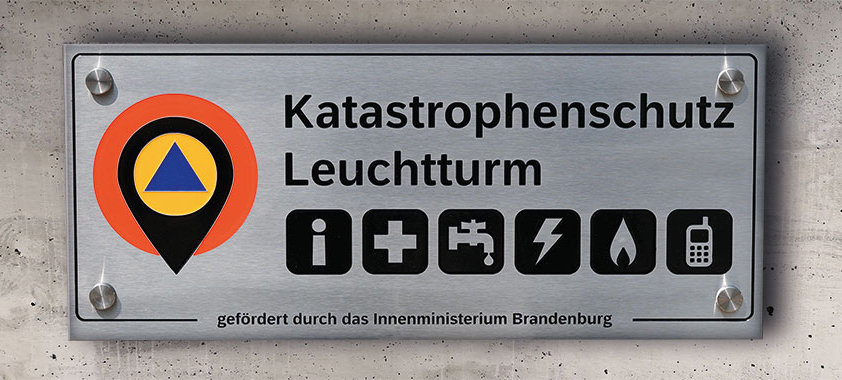
In Germany, more and more municipalities are establishing so-called disaster management lighthouse to support the population in crisis situations, especially during prolonged and widespread power outages (blackouts). These lightshouses serve as central contact, information, and reporting points for citizens when the usual communication channels such as telephone and internet fail. Their primary purpose is to maintain communication and organize assistance.
A disaster management center lighthouse is a building that has been designated in advance and equipped accordingly. It serves as a reliable point of contact for the population in the event of a crisis. These are often public facilities such as town halls, fire stations, or schools. The locations are chosen so that they are easily accessible to citizens and have emergency power supplies and alternative means of communication such as satellite phones.
The main tasks of a disaster management lighthouse:
- Making emergency calls: Citizens can make emergency calls to the fire department, ambulance service, and police here if the telephone network is down.
- Information hub: The lighthouses serve as the official source of information from the authorities and the crisis management team. Here, people can obtain reliable updates on the situation and advice on how to behave.
- Reporting point for requests for assistance: Anyone who needs help can report this at the lighthouse. At the same time, helpers can also register here to offer their support. Coordinating requests for assistance and offers of help is a key task.
- First aid: To a limited extent, simple first aid can also be provided at these contact points.
Depending on the facilities available, doctors, pharmacists, or food suppliers may also be involved. As facilities vary from municipality to municipality, citizens should contact their city or municipal administration for information about the relevant lighthouse.
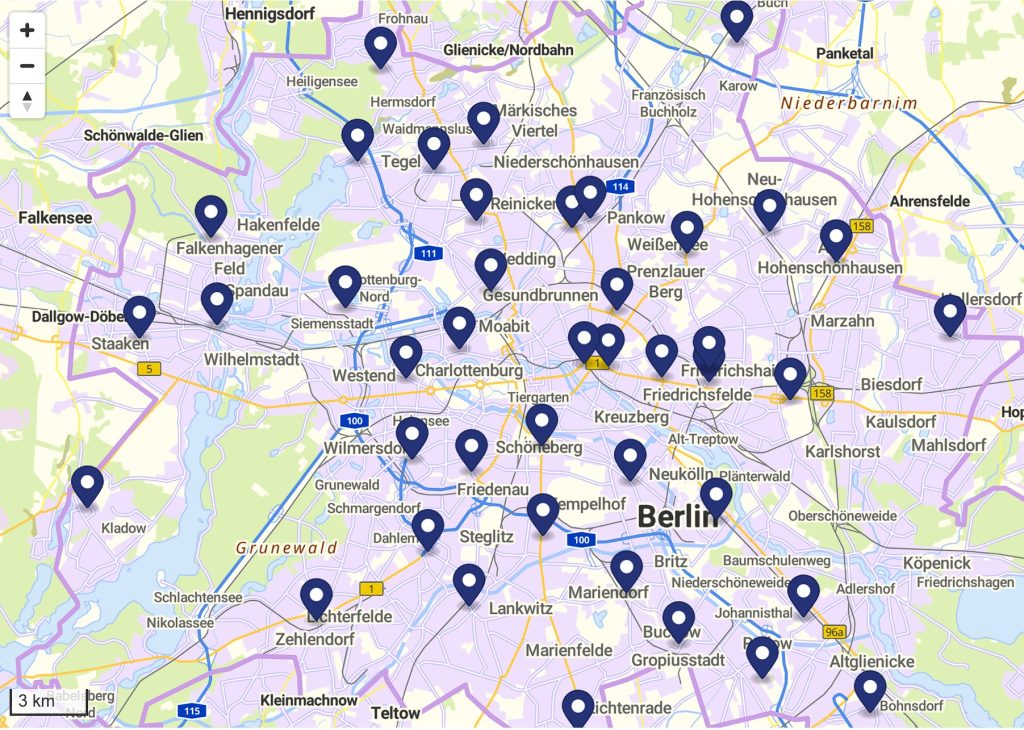
In Bavaria, too, serious efforts are being made to implement disaster management lighthouses. For example, there is a corresponding information page for the district of Munich.
Click on the “KatLeuchtturm logo” to go to the Munich district information page …
Emergency communication with Meshtastic in the municipality of Am Mellensee near Berlin
The following video shows how Meshtastic is already being used as part of a disaster management lighthouse project in the municipality of Am Mellensee, south of Berlin.
This is a German video, but you can easily activate English subtitles in your YouTube video settings: How to activate English Subtitles on German YouTube videos
Meshtastic in the event of a blackout
- Meshtastic enables encrypted text messages directly between citizens or in groups like a secure “text walkie-talkie”.
- Ideally, a disaster management lighthouse is equipped with a Meshtastic control station (see details below), allowing you to report an emergency, such as an accident involving a family member or neighbor, directly to the disaster management center from home using Meshtastic.
- High reliability: Meshtastic works even without the internet, mobile phone service, or power supply. With Meshtastic, there is no central infrastructure or network elements that could potentially be destroyed or “hacked.”
- German Digital radio for authorities and organizations with security tasks (BOS), which has a highly regulated user group such as the fire department and rescue services, is not to be replaced, but supplemented by Meshtastic; Meshtastic enables citizens to be informed quickly and inexpensively in their private environment and allows citizens to stay in contact with each other.
Easy to deploy, setup and use; Inexpensive to buy
- Easy communication network deployment: Switch on several Meshtastic devices – and the network sets itself up automatically, no additional infrastructure required!
- Easy setup of communication groups: By publishing a single 2D barcode in community newsletters, several Meshtastik channels with distinct content could be set up in advance, e.g., “lighthouse-info” and “citizen-chat”
- Easy to use: Simple direct and group messaging as easy as using WhatsApp.
- Affordable devices: Meshtastic devices are available starting at around EUR 50.
Technical and logistical details
- Meshtastic control station: A disaster management Lighthouse could use a PC with a Meshtastic device connected via USB to communicate with numerous citizens in a cost-effective, convenient, and clear manner, even without the internet, using a large screen with an easy-to-use user interface.
- Intelligent message routing: Managed Broadcast Forwarding enables communication over multiple hops, even between more distant Meshtastic devices, to bridge longer distances.
- Large coverage area: With line of sight, larger distances can be bridged; battery-buffered Meshtastic Solar routers remain in operation even during longer power outages thanks to a solar panel, provided it is sufficiently dimensioned, and due to their low power consumption. They can be placed on masts, towers, or similar structures to provide a large coverage area.
- Secure messaging: Can be activated based on the powerful AES encryption standard.
- Open source & license-free: Use of the free open source software Meshtastic and the EU-regulated, license-free Long Range (LoRa) radio protocol on 868 MHz.
Meshtastic in discussion for blackout off-grid communication in other countries
- GREECE: The company Mesh2go from Thessaloniki positions Meshtastic for emergency off-grid communication – Mesh2Go
- ITALY: Meshtastic interest to recent Italian city blackouts (e.g. Turin) and wider Europe outage conversations – news.ycombinator.com
- MALTA: An open source community is planning a solar-powered Meshtastic network explicitly for staying online during blackouts – Open Source Society Malta
- NETHERLANDS: Valerie Aurora, who is well-known in the open-source/Linux community for meaningful contributions e.g. for filesystems, founded the Internet Resiliency Club (IRC) in Amsterdam. The volunteers are testing Meshtastic radios, small low-power mesh devices for emergency communication. These can maintain basic networks even when power and servers are down. The IRC hopes to inspire similar groups worldwide. Watch Valeria’s presentation, ‘Start Your Own Internet Resiliency Club‘, which took place at the RIPE90 conference in Lisbon, Portugal, on 12 May 2025, or view her presentation slides in PDF format. Another Dutch community describes Meshtastic as an off-grid comms tool suitable for blackouts – fablab.waag.org.
- POLAND: Meshtastic node maps and Polish community posts show activity and projects aimed at blackout resilient comms – meshtastic.info.pl
- PORTUGAL: Community posts reporting active Meshtastic use during the big Iberian outage – Reddit
- UNITED KINGDOM: UK prepper and amateur-radio communities actively discuss Meshtastic for blackout use – uk-preppers.co.uk
Summary
When implemented correctly, Meshtastic can enable the district, municipalities, disaster management lighthouse, and citizens to communicate with each other even without electricity, telephone, text messaging, or the internet.
Even during a prolonged blackout lasting significantly longer than 72 hours, selected Meshtastic devices can remain operational despite the power failure thanks to their extremely low power consumption and appropriately sized battery buffers and solar panels.
Communicate during blackout / power outage (German c’t magazine)
This is a German video, but you can easily activate English subtitles in your YouTube video settings: How to activate English Subtitles on German YouTube videos
Other Meshtastic & MeshCore blogposts
Three exceptional Meshtastic devices from Lilygo, Heltec, and Seeed
Click here for the guide from the German Federal Office of Civil Protection and Disaster Assistance
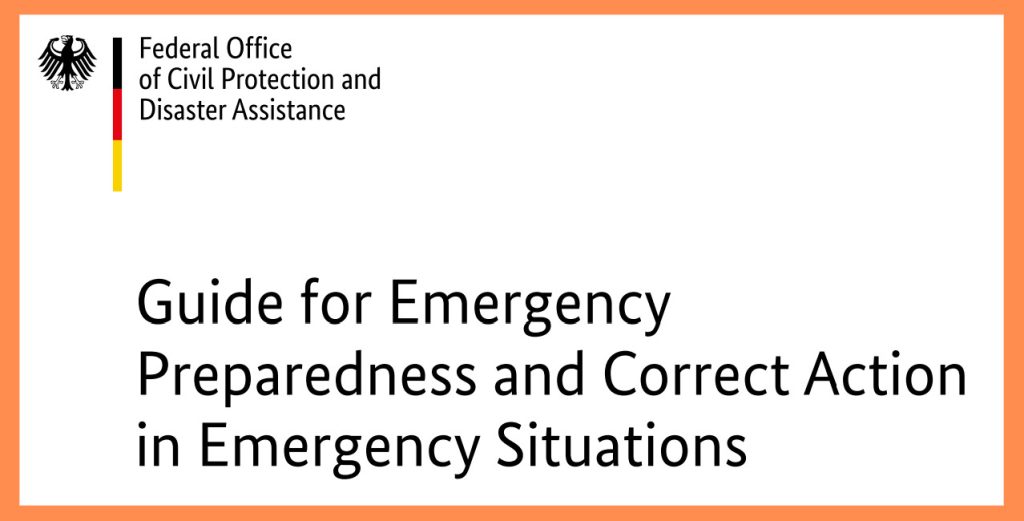
More information on the website of the German Federal Office of Civil Protection and Disaster Assistance (BBK): https://www.bbk.bund.de (English)
IT Safety notice: We would like to expressly point out the requirement for effective prevention of hacking and manipulation during the creation and distribution of the firmware for Meshtastic devices, as well as the risk of misuse.
Comments are welcome
Constructive comments (via the comment function at the bottom of this page) are greatly appreciated. Please note that comments are subject to manual review to prevent spam, which may cause a delay in their display.
Short link to this page: https://blackout.mesh1.de
